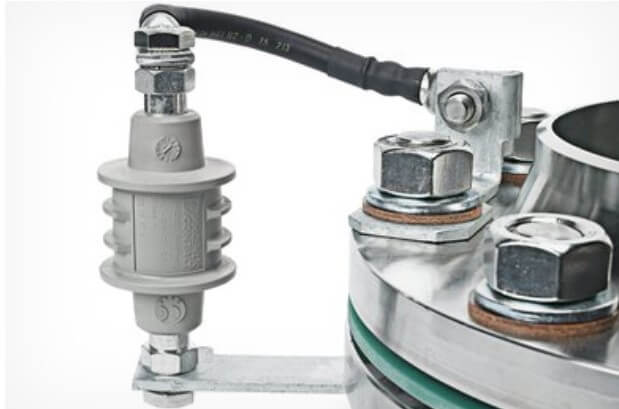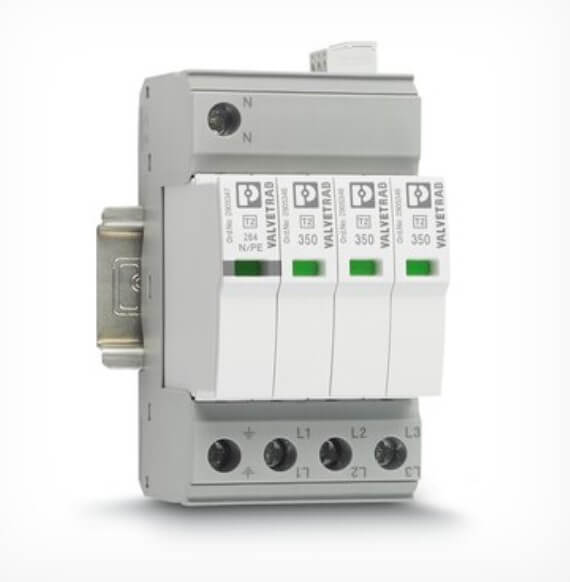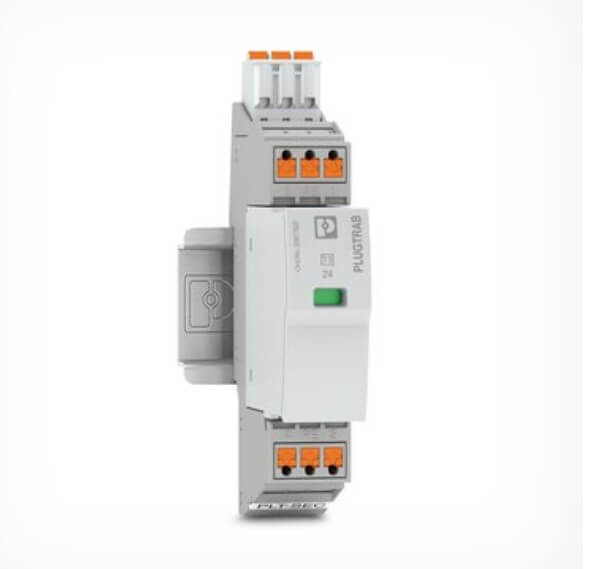Published on 28 March, Amendment 2 (2022) of the IET Wiring Regulations came into effect immediately. It contains both changes and new requirements. One of the key updates is to Chapter 44 – Protection against voltage disturbances and electromagnetic disturbances and the use of surge protection devices. In the previous version, the use of surge arresters was a recommendation. Amendment 2 changes this into a requirement.
This will lead to their widespread use and may involve increased end-user discussions to ensure an understanding of risk and losses against the benefits. Other changes include:
- Chapter 82 is new and embraces modern technologies as the UK transitions to using renewable energy sources. Called Prosumer’s Low Voltage Installations it addresses energy efficiency measures.
- Chapter 42 contains a new requirement for high-risk residential buildings to install protection using Arc Fault Detection Devices (AFDDs) on final circuits up to 32A.
Globally, the use of surge protection in electrical installations is growing due to stronger national wiring regulations. Importantly, this affects electrical contractors, system designers and OEMs as some precautions are simpler to integrate at the design stage. It also affects exporters of electrical equipment as their products and technologies must meet the local machinery safety standards.
Why Surge Protection?
Electricity drives everything in our lives from homes and offices to shops and industry. We have become dependent on communications and sensitive electronics to sustain our modern lives, so when disruptions occur, the impact can be significant. Electrical surges, also known as transient voltages, affect power and communications by overloading system components.
In the context of the 18th Edition, a surge means a transient overvoltage between two or more conductors. Besides the loss of life, power surges can have a significant impact on manufacturing and cause production losses. Surge protective devices (SPDs) protect against harmful electrical surges and are a requirement under the 18th Edition.
Surges represent normal electrical activity and have always occurred in electrical systems.
They can result from internal or external events like lightning strikes, power grid switching, switching of capacitor banks, electrical accidents etc. Different causes and different application devices need different input power protection. When correctly designed and applied, SPDs protect sensitive electrical equipment against these harmful surges. According to the BEAMA Guide to SPDs, they limit the damage caused by transient overvoltages by diverting the surge currents to earth.
To protect equipment, the input power needs to have surge protection. Additionally, if there are any communications transceivers or data lines in the installation, further protection may be necessary. Surge protection placed at the supply intake will not protect against internally generated surges. For example, an antenna for a wireless radio system, placed outside the facility should also have protection placed on its coaxial cable.
Requirements of the 18th Edition
The 18th Edition defines the requirements for a safe electrical installation. Part of the criteria is adequate protection for both people and equipment from transient overvoltages transmitted via the supply distribution system and against switching overvoltages. This necessitates the use of surge protection.
According to Amendment 2, Section 433.3 now has only two conditions, but now becomes mandatory. It states “Protection against transient overvoltages shall be provided where the consequence caused by overvoltage could result in:
- i. serious injury or loss of human life
ii. significant financial or data loss”
Importantly, there is also a Note 3 relating to safety systems. This widens the scope to include electrical safety systems associated with safety services as defined in part 2 of BS7671. It defines safety services as:
“An electrical system for electrical equipment provided to protect or warn persons in the event of a hazard, or essential to their evacuation from a location”
This means that devices like fire alarm systems, emergency lighting, CCTV and PA systems will also need protecting with surge arresters. It also requires the documentation of fire safety designs in buildings such as protected escape routes and locations with risk of fire.
Modern surge protection devices are compact and flexible enough for integration into sub-distribution panels. Many also include type 1 and type 2 protection within a single unit to simplify both installation and protection.
Types of Surge Protection Devices (SPDs)
According to the international standard, there are three basic types of SPD, although there are also combination products like combined lightning current and surge arresters (SPD type 1+2)
| Type 1 SPD provides protection against surges from direct lightning strikes. Installed at the main distribution board, they often use spark gap technology to discharge the voltage from lightning spreading from the earth conductor to the network conductors. They operate in conjunction with Type 2 SPDs. |  |
 |
Type 2 SPDs are the main protection system for all low voltage electrical installations from switching and indirect lightning strikes. They are suitable for use in electrical distribution and sub-distribution boards to prevent overvoltages and to protect the loads.
|
| Type 3 SPDs are lower capacity devices and are only installed to supplement Type 2 SPDs for sensitive loads. They are available as hard-wired devices (often combined with Type 2 SPDs for use in fixed installations). Yet, SPDs are also found in surge protected socket outlets, portable outlets and telecommunications and data protection equipment.
|
 |
SPDs minimises the risk from both internal and external surges, to provide safe and reliable performance. Well designed and applied products protect sensitive electrical equipment from harmful surges. Surge protection reduces business costs associated with poor power quality. It also avoids expensive unplanned downtime affecting performance and productivity.
Whether included as an integral component of the original system design or added as a retrofit product, safe energy control technology provides safe and effective control of surges. Finally, to ensure full system coordination, it is advisable to use products from one manufacturer.
Recommended Reading
The BEAMA guide to SPDs referred to earlier provides comprehensive information on the practical application, selection and theory behind SPD. BEAMA is the Trade Association for the UK electrotechnical sector.
All Updates to the 18th Edition can be found here.


